Video
Consultation

عربى

Video
Consultation

Book An
Appointment

Accident & Emergency
99616 30000

Help Desk
99616 40000

Robotic
Surgery

Patients Login Portal
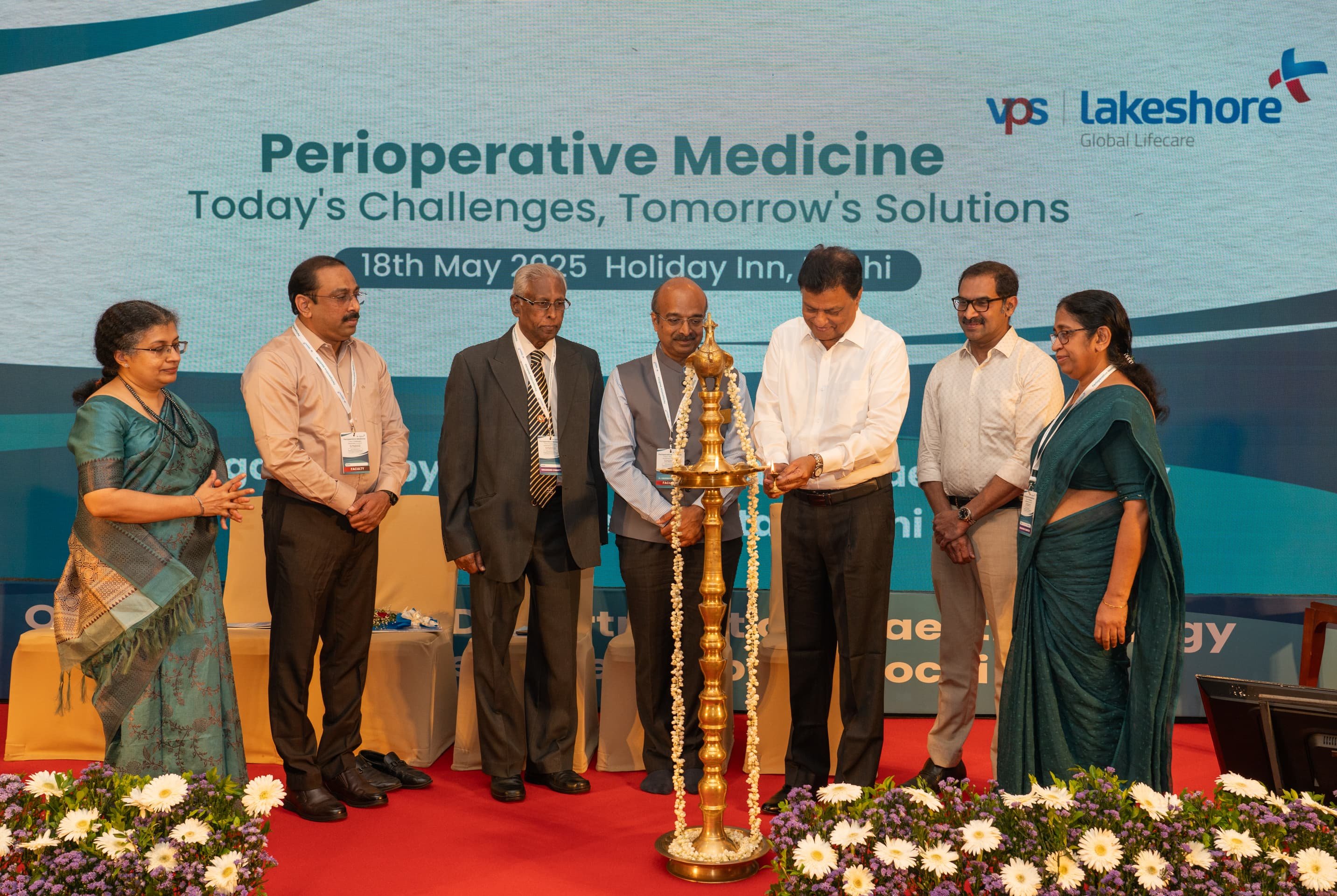
കൊച്ചി: വിപിഎസ് ലേക്ഷോർ ആശുപത്രി അനസ്തേഷ്യോളജി വിഭാഗം പെരിയോപ്പറേറ്റീവ് മെഡിസിൻ - ടുഡേയ്സ് ചാലഞ്ചസ്, ടുമൊറോസ് സോലൂഷൻസ് എന്ന വിഷയത്തിൽ നാഷണൽ കോൺഫറൻസ് സംഘടിപ്പിച്ചു.
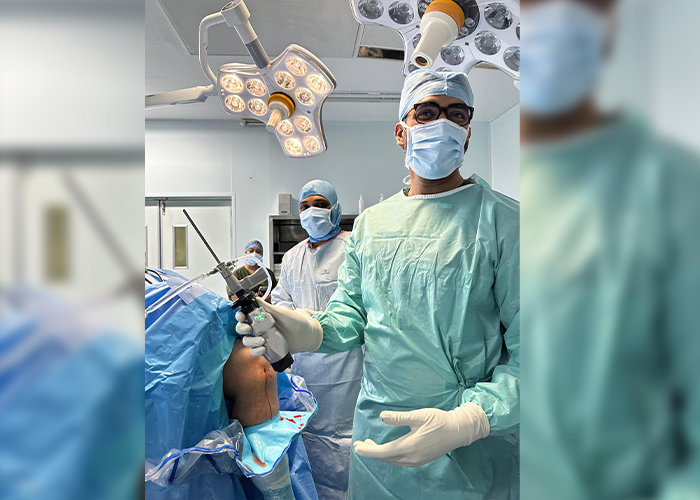
Kochi: VPS Lakeshore Hospital has achieved a groundbreaking milestone by becoming the first hospital in India to successfully perform a wireless arthroscopy.
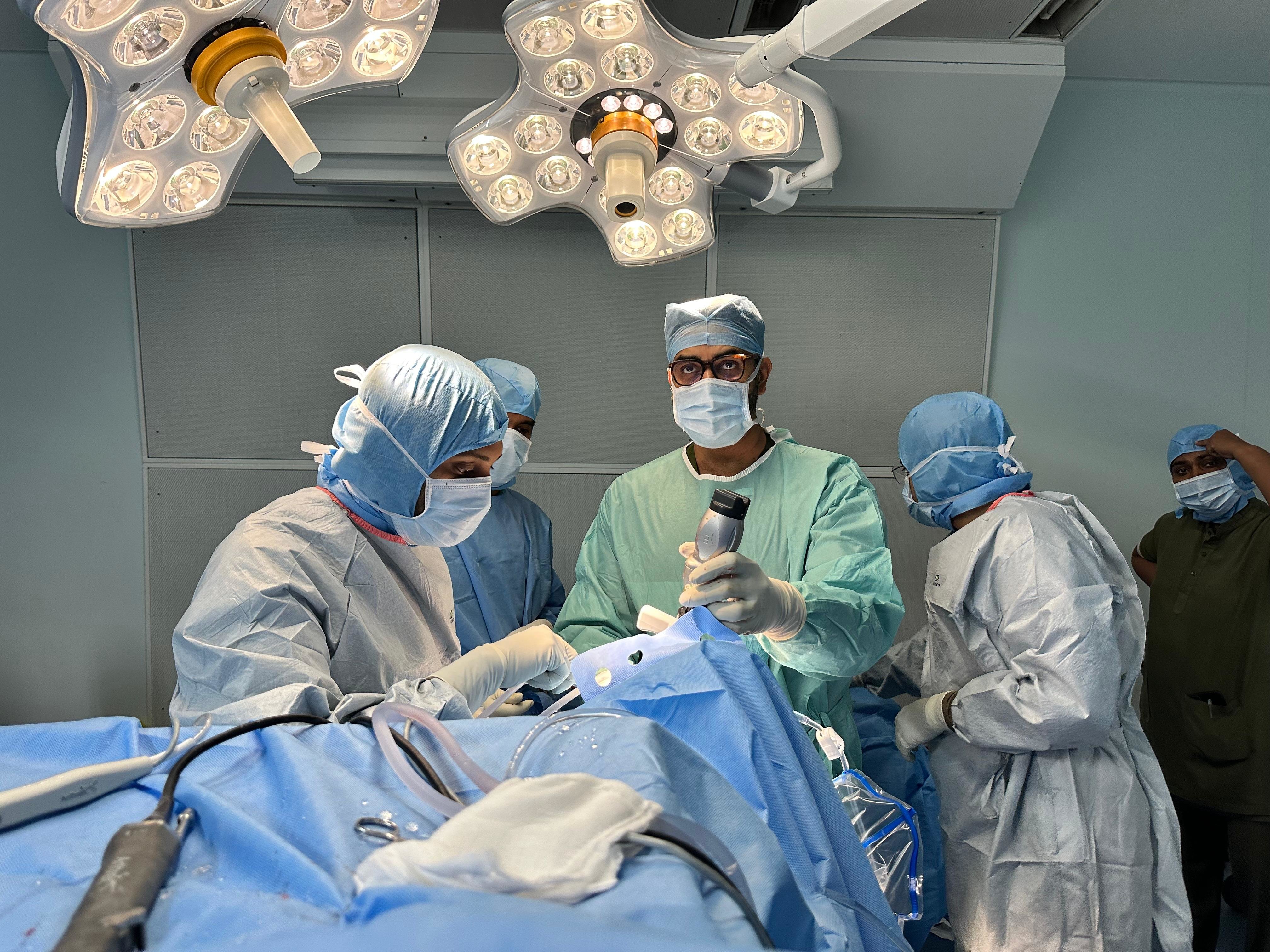
കൊച്ചി: വയർലെസ് ആർത്രോസ്കോപ്പി വിജയകരമായി നടത്തുന്ന ഇന്ത്യയിലെ ആദ്യത്തെ ആശുപത്രിയായി വിപിഎസ് ലേക്ഷോർ ഹോസ്പിറ്റൽ.
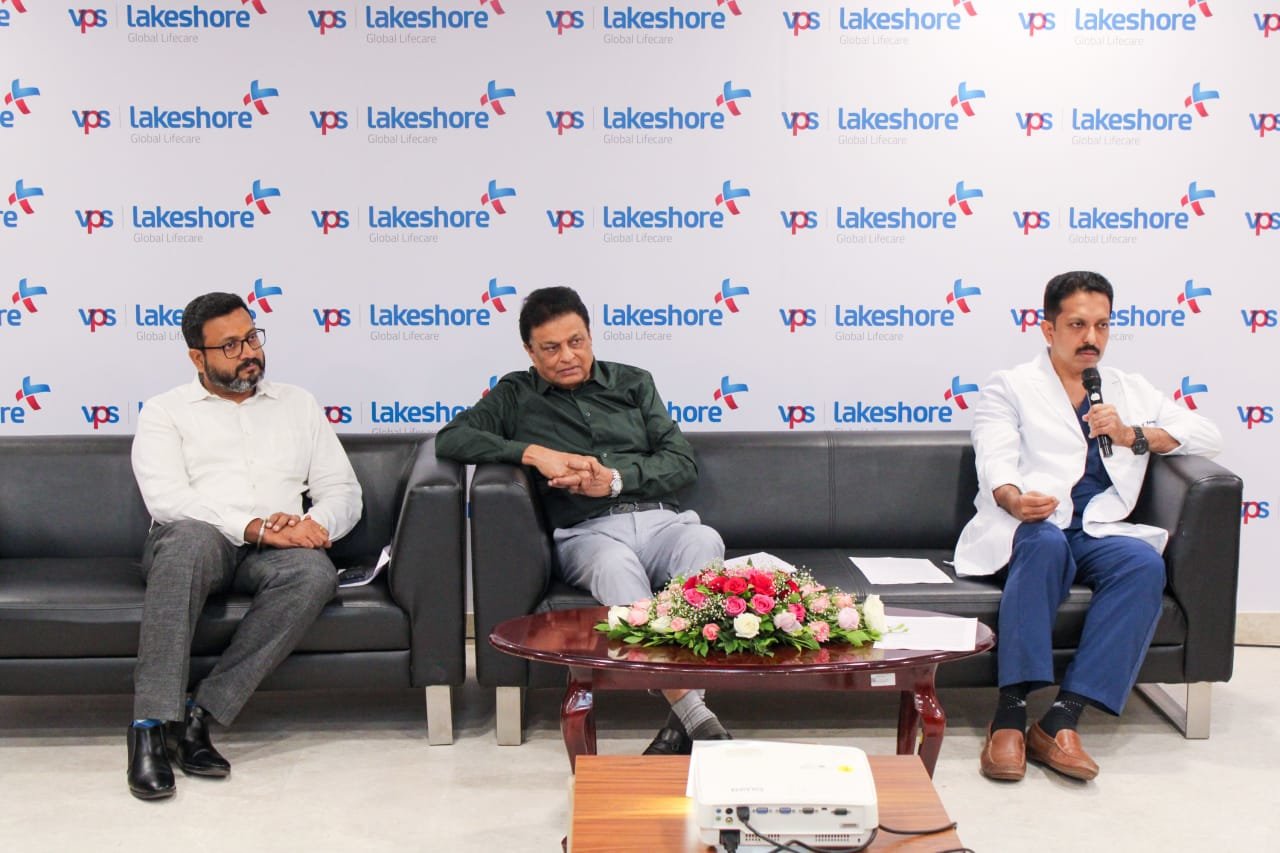
Kochi: In a disturbing trend, the number of oral cancer cases is significantly rising in the nation..
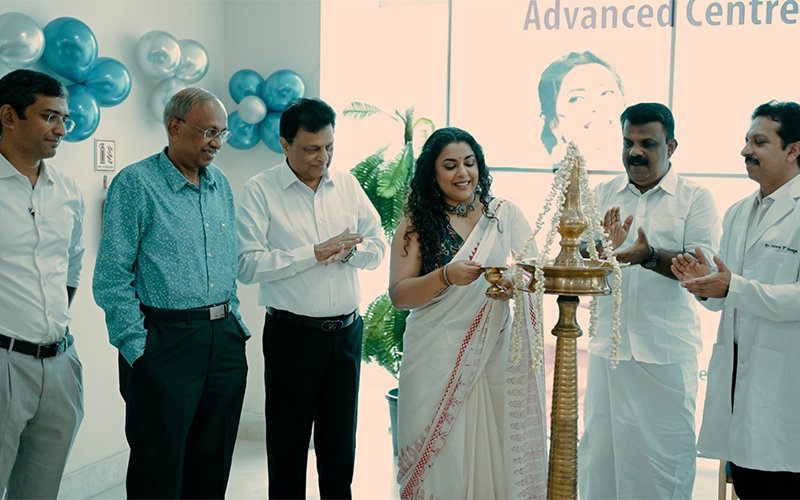
കൊച്ചി : ശ്വാസനാള-അന്നനാള രോഗങ്ങളുടെയും ശബ്ദവൈകല്യങ്ങളുടെയും രോഗനിർണയത്തിനും ..
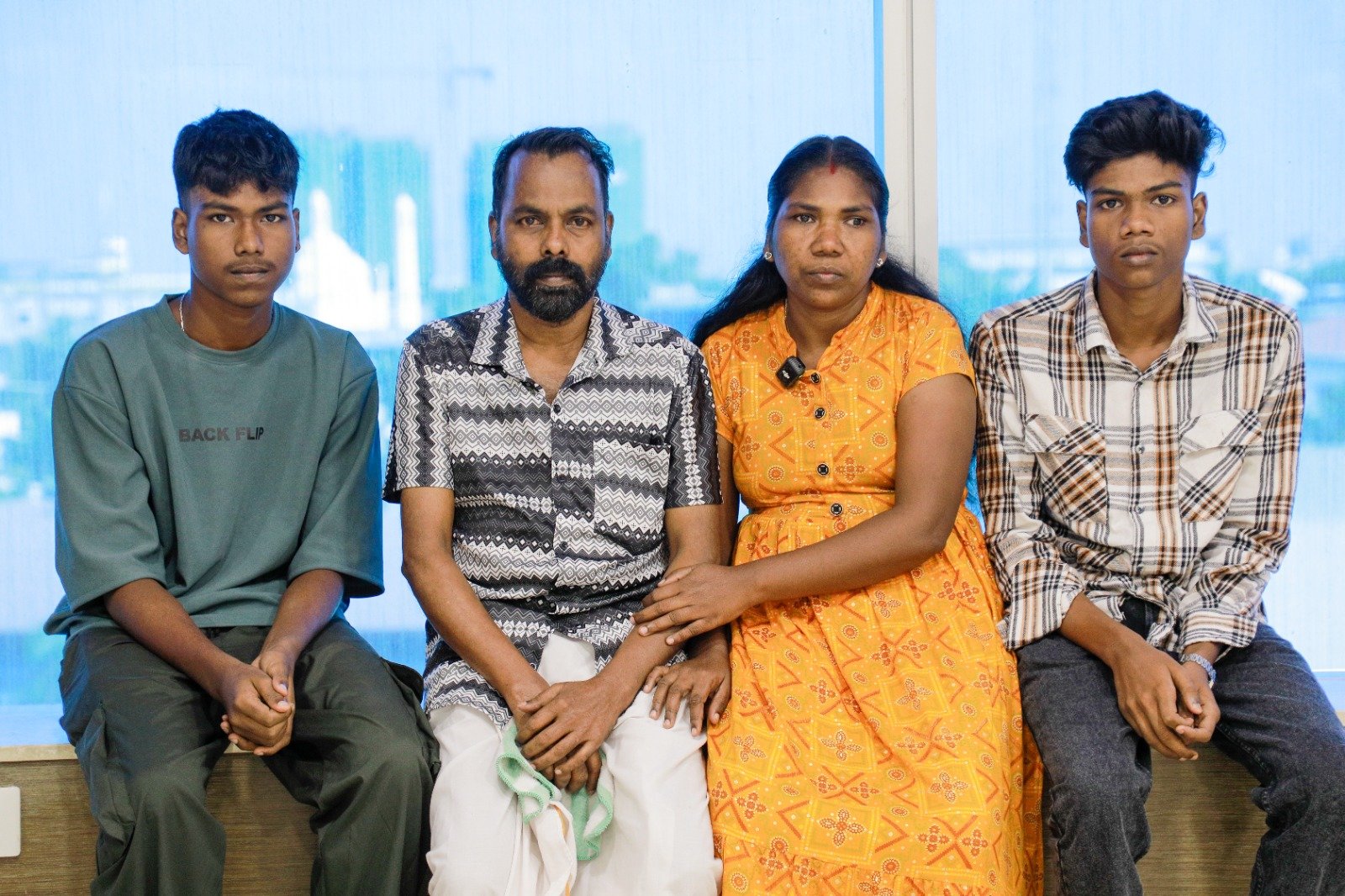
Kochi: Raju, a farmer from Thiruvavnkulam, was given a new lease of life after receiving life-saving treatment at VPS Lakeshore Hospital.
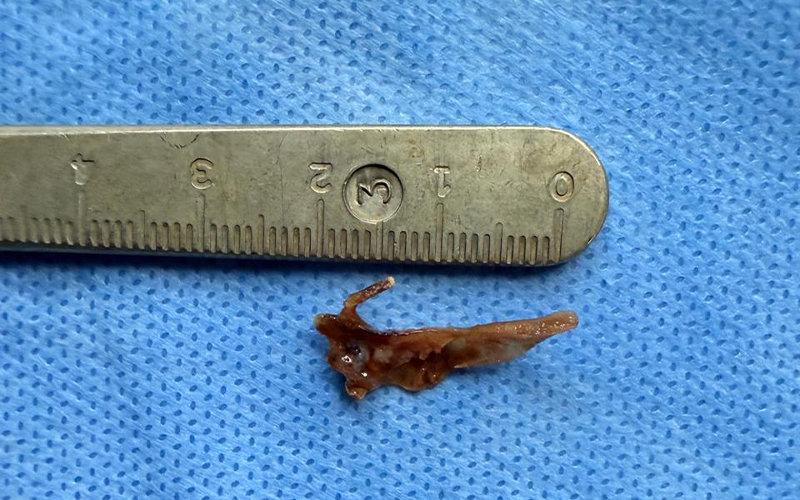
In a rare and complex bronchoscopic procedure, doctors at VPS Lakeshore Hospital successfully removed...

Kochi: With the incidents of lower limb amputations due to diabetes rising at an alarming rate across the country,